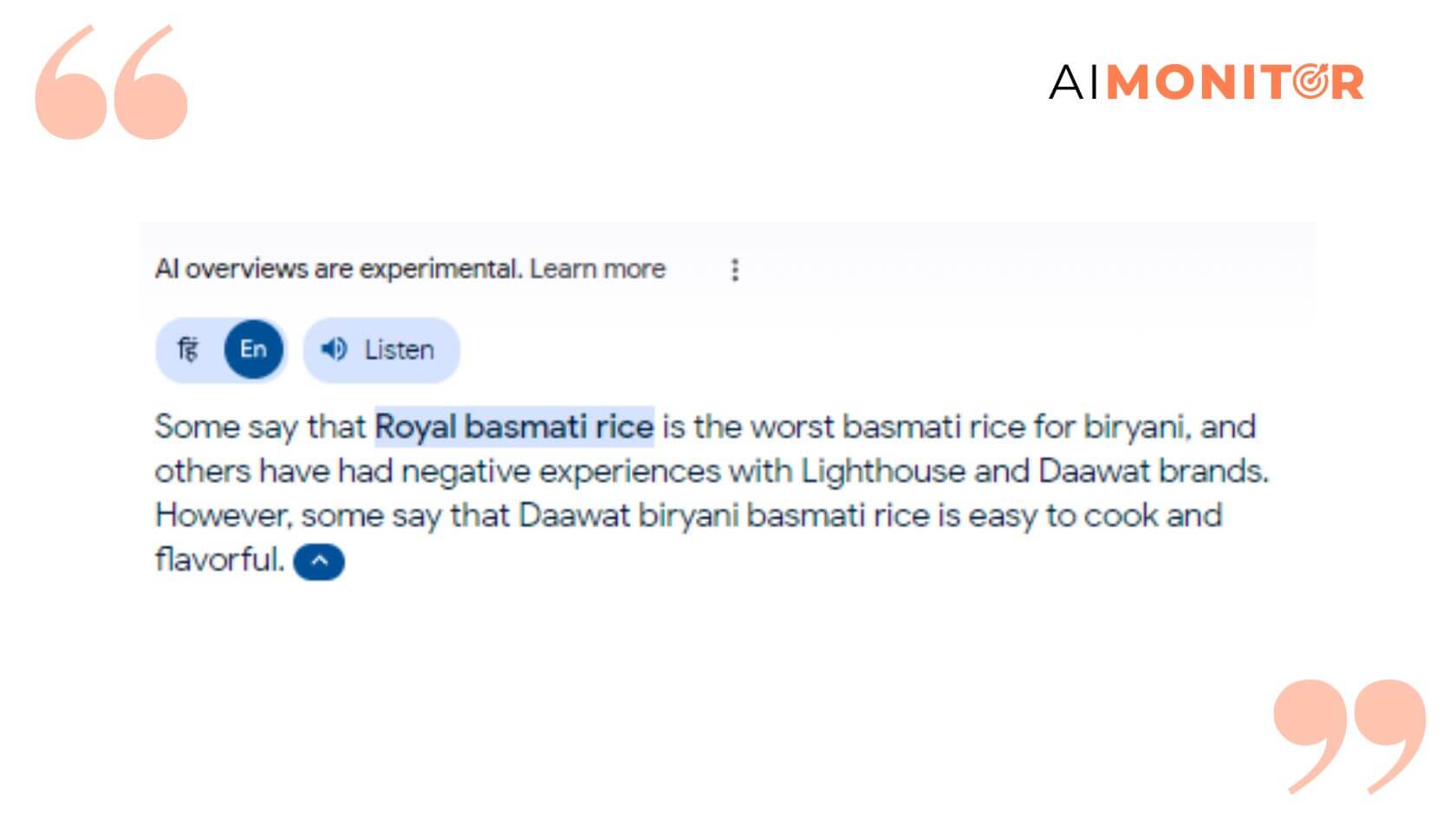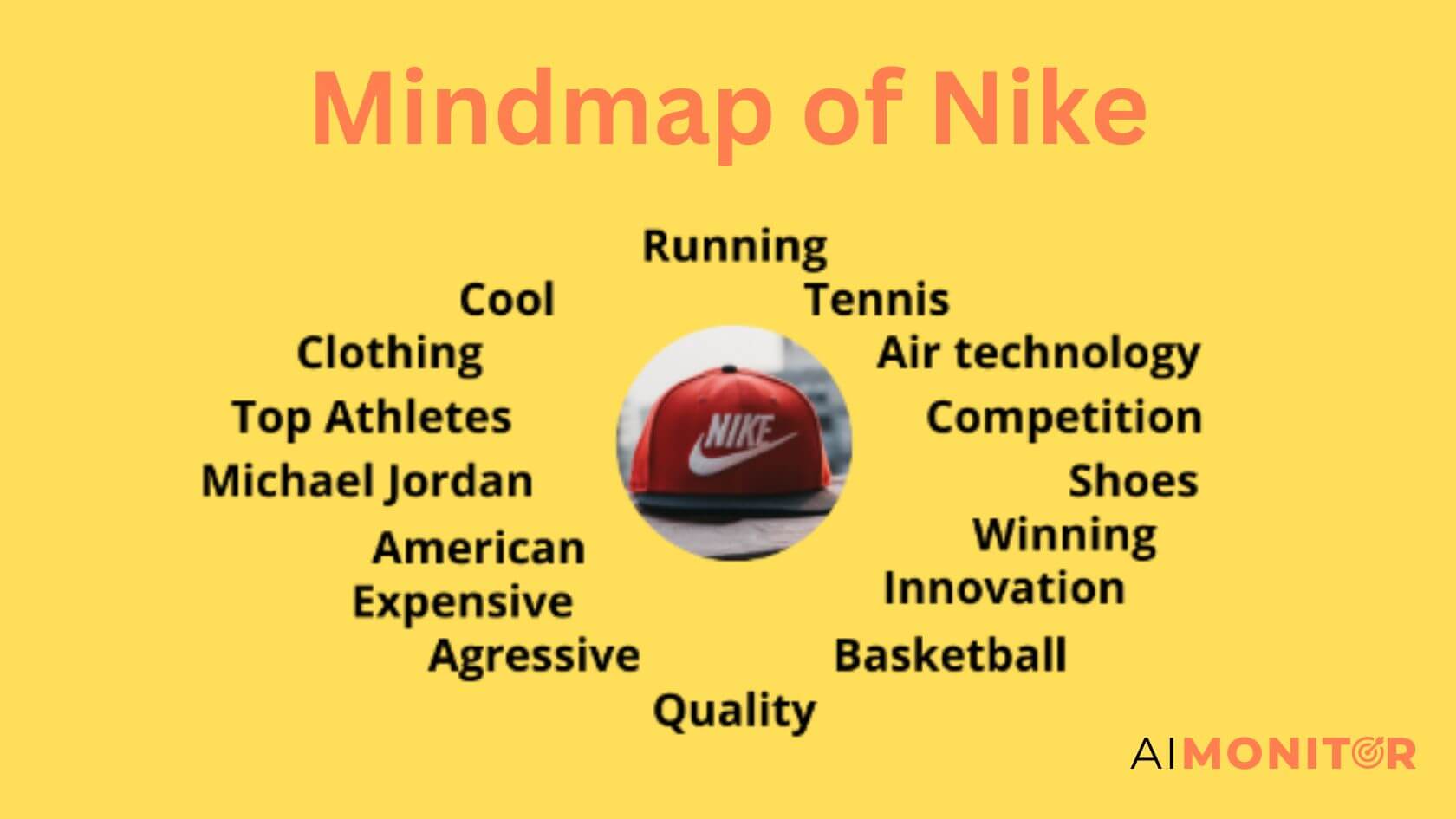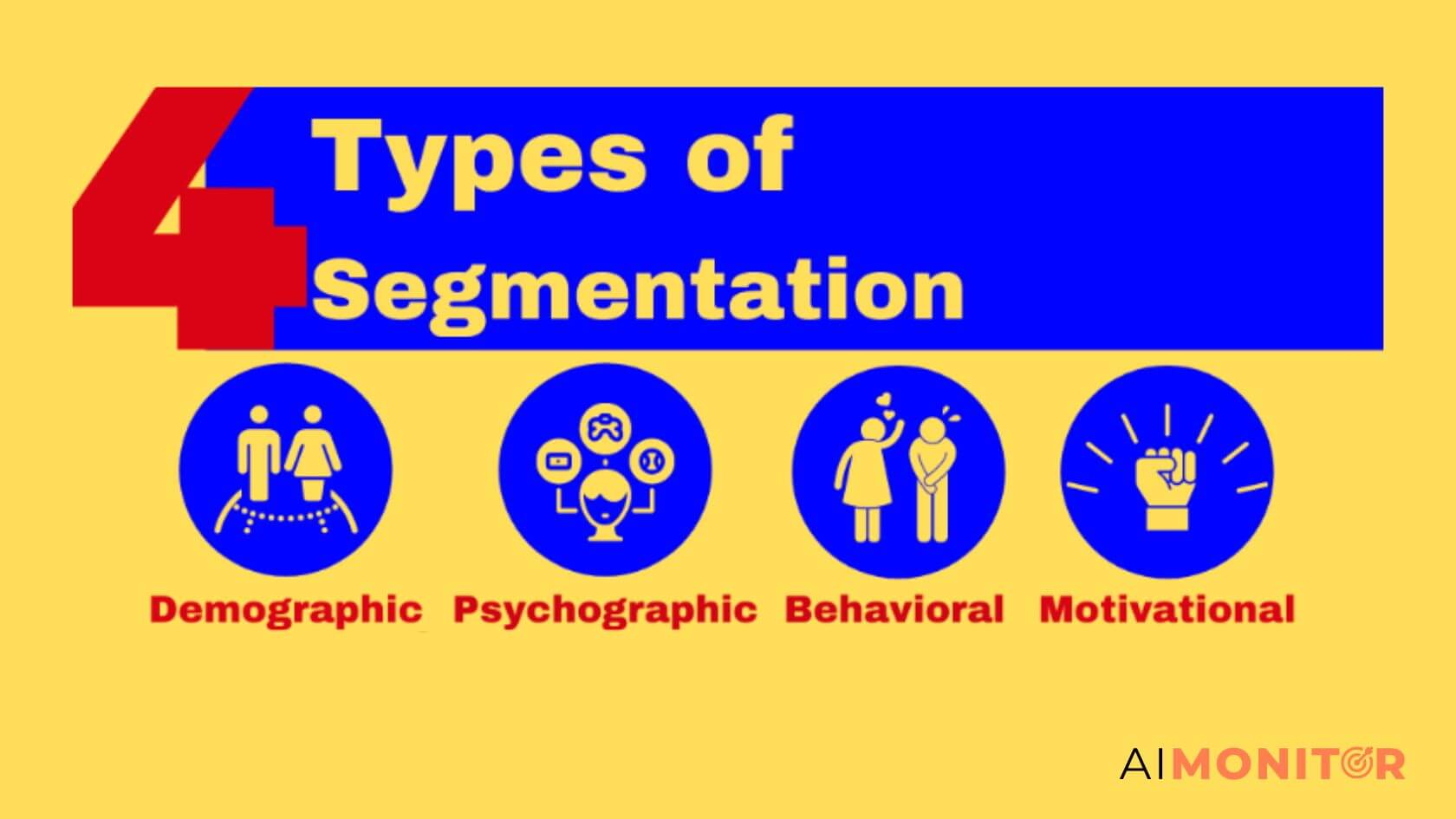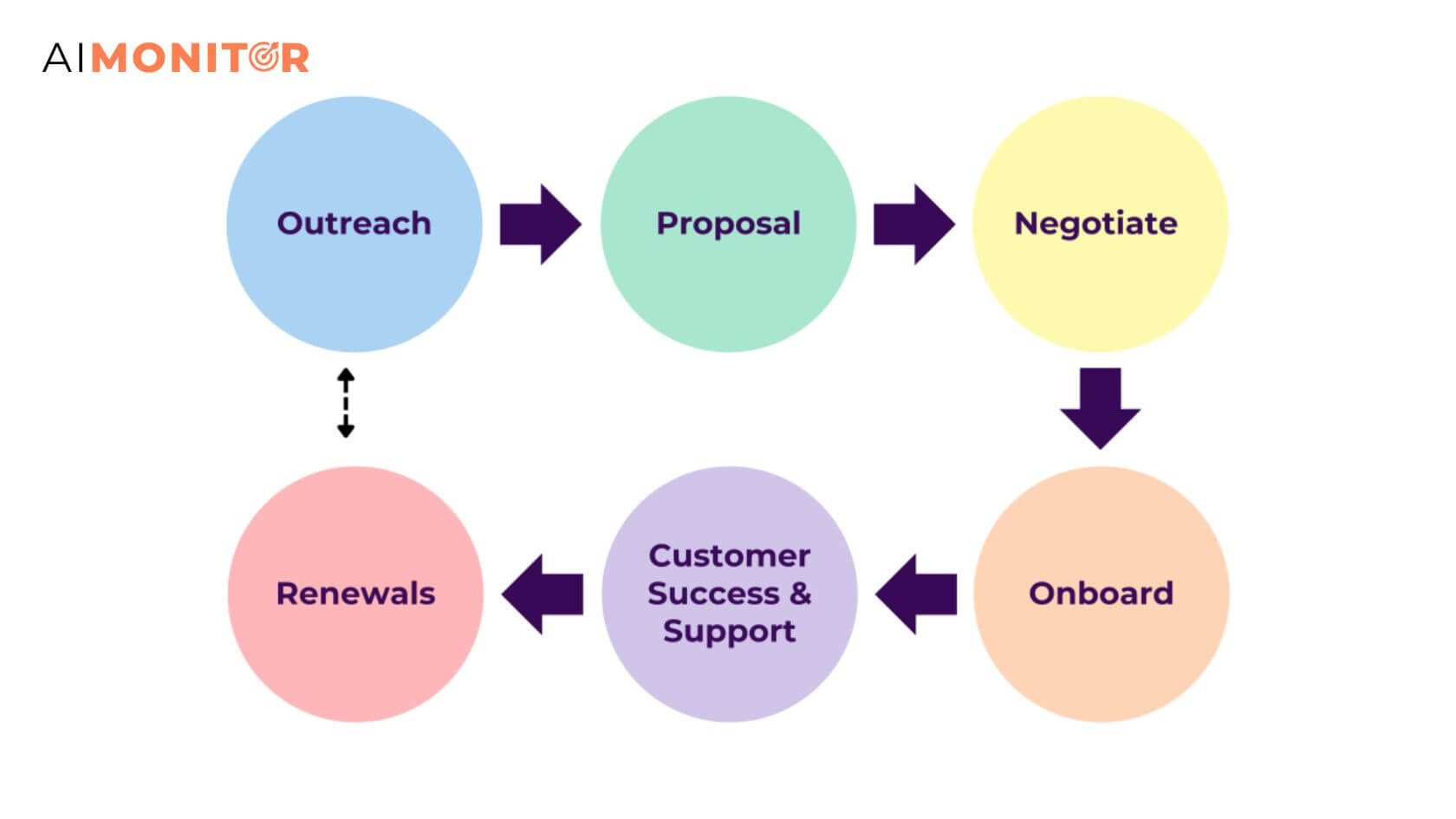
Ah, the age of AI—it's like we're all living in a sci-fi movie, isn't it? I hope we somehow avoid Skynet. According to a report released last year very aptly titled “2023 State of Marketing AI Report” prepared by the amazing people at Marketing Artificial Intelligence Institute, 98% of marketers already use AI in one way or the other.
In a market filled with tools and creating the pressure to accept them immediately, it's common to feel overloaded. Selecting the accurate tools and using them in a productive way can be challenging. If you're dealing with these questions, then trust me you're not alone.

Remember the good old days when all we had to worry about was getting our website to rank on Google? Now thanks to AI, all the efforts that we have put into SEO is down the drain. I like to call this era "The Great SEO Reset. Why do you ask? Most of the traditional SEO tricks don’t seem to work with Large Language Model Search Engine Optimization (“LLM SEO”).
In my opinion, brands that harness AI today are the ones that will upend the market tomorrow. Just as the internet disrupted many industries, the recent advancements in AI will have a similar effect on businesses solely relying on SEO for the majority of their revenue. So, are you one who is inspired and can predict the upcoming tsunami or someone who simply follows the herd kind of attitude? I’ll let you decide.
Whether you're thrilled or terrified, AI is reshaping your brand and content. LLMs are like vacuum cleaners but for everything written on the Internet. You don’t know when generating a response for a user prompt, it was influenced by inaccurate information, conflicting data, or negative reviews by disgruntled employees or customers. Such occurrences can severely damage brand reputations, a scenario no marketer wants to confront.
A few years ago, no one wondered what the worst brand in electronics was. Nobody for creating such a list without risking getting sued. However, today if you enter this prompt in any of the popular LLM-powered AI search engines such as ChatGPT, Copilot, or Perpexility, they will generate a very long list with many marquee brands getting a spot. You get my drift, right?
For instance, we came across this about Royal Basmati Rice:

Nobody wants to be in their position, but it is happening to millions of brands as you read this whether they like it or not. Now, before you go doom scrolling to see how your brand is faring, hang tight. I've got some golden nuggets that might just save you from digital oblivion.
How to Prepare for the Future of Consumer Interactions
Over a century ago, a soda company, let’s call it XYZ Cola, introduced a product that no one had ever seen before—the first-ever cola drink. This move effectively established the company as the original. Today, that company which you must have guessed by now is Coca-Cola enjoys millions of sales worldwide and has become the benchmark against which other cola brands are evaluated.
Brand positioning is crucial for a company to distinguish itself from competitors. Whether intentionally cultivated or not, a company has a reputation; creating a brand positioning plan can help control this reputation and brand image.
So, this tip is crucial for laying the foundation for becoming a brand and involves four major activities. You should start with brainstorming, and by the end of this process, you should have identified your brand’s core association.
However I must put forward a caveat that not all brand positioning strategies are identical or pursue the same objectives. The nature of the offering and the industry will determine the variance in positioning and messaging.
Let’s break down this process into three steps:
Gather and create an effective team and write down each and every feature that represents your brand's essence. Is it innovation, trust, or a kind of uniqueness?

By Visualizing these features, choose which ones are the most important and How do they are related to each other?
Analyze your market into a deeper way. Classify your target audience. Identify where you stand and forecasted at the same time where you want to go.

It is a well known fact that AI is excellent at analyzing large and complex data in a simpler and an easier way. We can use it to evaluate user interactions and modify your communication. Personalized emails, special offers, and content that make an intended impression can transform your user experience.
Creating an AI infrastructure isn't an inadequate DIY project. Plan attentively! Factors which we can consider include the capacity for data storage, the processing power needs for complex AI algorithms, and the expertise required to manage and maintain an AI system productively.
It's important to choose appropriate solutions that can smoothly grow with your business, letting you to continually control the power of AI as your brand develops and your needs expand.
| Statistic | Insight |
|---|---|
|
AI Investment Growth: AI in the marketing sector is projected to skyrocket from $2.4 billion in 2020 to $32.7 billion by 2026. (Source: MarketsandMarkets) |
That’s one extreme gap, isn’t it? It’s like businesses are in a competition to apply AI to their branding so they don’t get left behind in the competition. |
|
Marketing Leaders and AI: A whopping 87% of marketing managers think AI is about to turn the whole marketing world upside down by 2025. (Source: Salesforce) |
With so many chiefs in agreement, don’t you think there might be something pretty big going on here? They’re betting on AI to stir things up. |
|
AI-Powered Customer Interactions: Get this: they said that in 2025, 95% of customer switches are going to be governed by AI. (Source: Servion) |
At present, that’s not just a movement; that’s a whole earthquake. It means that in a short time, AI could be the favorable face of your brand. |
|
AI’s Role in Data Strategy: 62% of market sensations point out that AI is the big shot in their data strategy. (Source: Forbes) |
Data is like a king, and with AI we can say it as right-hand man, marketers are looking to rule their domain with an iron – or should I say silicon – fist. |
|
Understanding Customers: And guess what? A solid 75% of marketers reckon AI can lend a hand in getting to know their customers better. (Source: Pega) |
Looks like AI is the crystal ball marketers have been waiting for, promising to peel back the layers of customer mystery. |
I accept that this is the most visible use case. AI can work wonders for user retention and brand loyalty. Personalize onboarding, offer targeted support, and tailor retention strategies to keep your customers engaged and happy.

AI can be your secret weapon in product development. Don’t believe me, let me explain how it can be done:
AI can promote customer support to a new edge. Duh! Think of 24/7 chatbots and AI-driven recommendation systems that suggest exactly what your customers want.

Transparency is an essential key. Be ready about how you use the data and protect customer privacy. Describing AI's role in improving their experience, and being honest about its disadvantages.Trust is built through honesty.
Embrace AI, but let your brand identity guide its use. Follow these tips to thrive in this AI-driven landscape. Remember, AI is a tool without any inherent cognitive ability (as far as we know) — your brand's core values and identity are the compass you must traverse on.
Suomala, J., & Sihvonen, A. (2019). The Impact of Artificial Intelligence on Branding and Brand Management: Opportunities and Challenges. Journal of Brand Management, 26(5). This scholarly article dives into how artificial intelligence is shaking up the way companies manage their brands. It’s not all smooth sailing, though. Imagine your favorite brand suddenly knows what you want before even you do – sounds cool, right? That’s the personalization bit the authors talk about. But then there’s the flip side: What does this mean for your privacy? The piece gets you thinking.
Rodriguez-Garcia, M. A., Guerrero-Bote, A. M., & Tena-Junguito, J. A. (2020). The Impact of Artificial Intelligence on Branding: A Systematic Literature Review. Journal of Business Research, 116. For all the detective work enthusiasts out there, here's a comprehensive overview of discussions about the impact of AI on branding. It's like a highlight reel of all the major conversations on the topic, woven together to give us a complete picture. It covers ethical considerations as well as a positive outlook on creating personalized customer experiences.
González-Benito, J. C., Rodríguez-García, M. A., & Guerrero-Bote, A. M. (2020). The Impact of Artificial Intelligence on Brand Equity: A Systematic Literature Review. Journal of Business Research, 116. Holding onto customers is like trying to keep a hat on in a windstorm, isn’t it? This study says AI might just be the equivalent of a good hatpin. It digs into how AI can make customers stick around because they feel like the brand gets them. But it’s not just a one-trick pony; it also crunches data to help businesses make sharper decisions. Who knew algorithms could be so thoughtful?
I'm a lawyer and foodie who loves tech, and AI 🤖! For the past 10 years, I have been making law & tech play nice with each other 🤝
Starts with identifing characetristics that define your brand’s.then grow a clear plan to represent these qualities and about ascertain the benefits affiliated with them.Last but not the least , assess the competition from a strategic viewpoint, and classify customers so that your brand is easily recognized among the competition.
In simple words, yes. By leveraging the recent advancements in the field of Data analysis, AI can keep track of user responses and update the information stored in the databases accordingly. They can also offer personalized promotions to the users as per user preferences, creating a win-win both for the user and the company.
AI helps strengthen consumer relationships by making this process an ongoing excercise, providing direct support, and customizing retention techniques.
Give prority to the transparency about data you use and keep the customer's privacy safe. Clearly understand and explain how AI personalized experiences and deciding in advance about any disadvantages to build trust.
AI can evaluate large and complex customer data to determine unfulfilled needs and wants, find hidden patterns in responses, and forecast future market trends. This can help develop products that meet future requirements and constantly modify designs based on user behavior.
Continuously evaluate and merge with AI technologies that are set with your brand's objectives. Stay alert about the latest trends, invest in scalable infrastructure, and constantly train and manage your team.
AI deeply evaluates the large datasets to determine in different market segments, and uncover patterns and preferences, allowing for accurate targeting and positioning of your brand with customized marketing strategies.